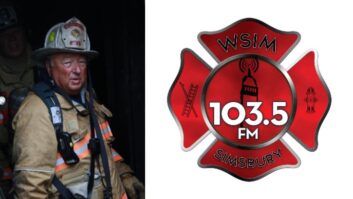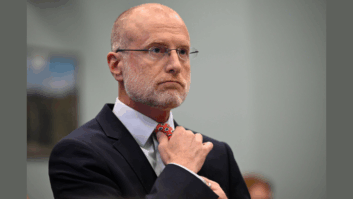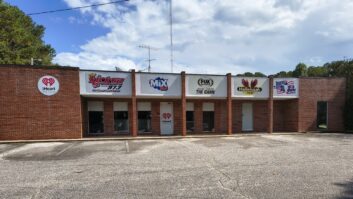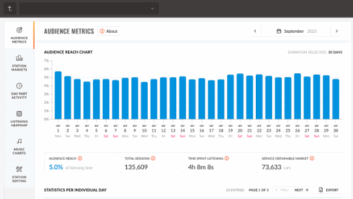The author is membership program director of the National Federation of Community Broadcasters. NFCB commentaries are featured regularly at www.radioworld.com.
As the United States winds into the close of hurricane season, 2019 has seen its share of stressful environmental calamity. Florida saw devastating storms, torrential rains struck Louisiana and Texas, and many more states felt the impact of unforeseen weather emergencies. Radio stations are not exempt from the drama, with power outages, floods and fires disrupting service and even taking some outlets completely off the air for a time.
All summer long, the National Federation of Community Broadcasters talked with community radio stations about emergency preparedness. The variety of issues a community can experience is really countless. Some stations are far more ready others. Others are trying to get their heads around what a response plan for a local catastrophe might entail.
While there are many comprehensive repositories for information on this subject, including NFCB, there is one place you probably would never think of when you ponder a regional emergency: Waffle House.
[Read: Community Broadcaster: Giving Context]
If you are in or have visited the South, chances are you have spotted one of these bright yellow 24-hour breakfast diners along some nondescript highway. The cheese grits, chili topped hash browns and, of course, waffles have made Waffle House a venue of universal appeal, one that cuts across virtually every line you can think of. It is also an establishment that takes its commitment to being open 24 hours a day very seriously.
The podcast Household Name recently shined some light on the practices of Waffle House during times of disaster. Why? For one, Waffle House has some uncommon tenacity when it comes to not letting natural disasters thwart customers. The restaurant manages to keep the doors open, even during electricity outages and floods that shut down Starbucks, McDonald’s and other chains nearby. In 2011, the Federal Emergency Management Agency coined the term Waffle House index to gauge the gravity of an emergency. If Waffle House stores are open, things are not too bad. If they’re closed? FEMA knew to deploy some major resources there, because matters were grave.
As FiveThirtyEight famously put in a headline, “If Waffle House Is Closed, It’s Time to Panic.”
How did a place known best for its biscuits and eggs manage to get that sort of reputation? And what can a community radio station that is not too sure about this disaster preparedness thing learn from Waffle House?
Central to the chain’s strategy is the mission guiding this effort. The restaurant sees itself as part of local communities. Unlike others, it is not franchised, and its leaders see being open as being faithful to its customers and employees. Their existence and availability are part of a town’s sense of normalcy. I often wonder if community radio takes its place in its city or town with similar reverence, and how that kind of priority might shape our approach to the medium during a crisis.
With the values of these endeavors clear, what Waffle House does from here is disturbingly simple. It prepares generators and supplies; a linkup to its existing security apparatus such as cameras near stores; people able to respond on the spot; connections with area first responders and media; and clarity about its supply chain — where does fuel, food and power come from when infrastructure is compromised and/or your traditional suppliers are closed.
Such planning might give your station pause. Who is on your team in times like this? What equipment do you have on hand? What security is set up near your facility? All these questions are important.
Obviously, the components Waffle House interrogates are complicated and require a great deal of preparation to be able to address an issue quickly. And indeed there is more to it all than that. However, on their face, the Waffle House strategy is far more direct than the myriad meetings upon meetings upon meetings many of us are used to in community radio. Sitting down and identifying your resources and people can go a long way to resolving these matters for your station. They also take out the mental blocks we commonly deal with when tackling a subject as complex as emergency preparedness.
Still, if you told a community radio station manager, she or he could learn a few things from Waffle House, you would likely get a laugh. It turns out that the little yellow diner has a few tricks it can show community-based media.







